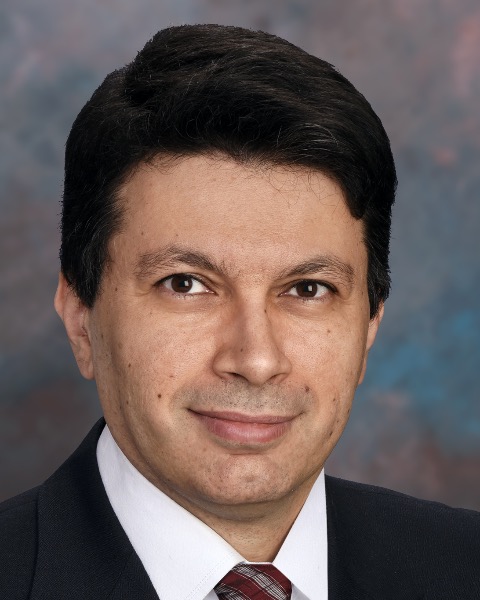Section Session
Section Session: History
(SSH) Vesalius Award (2023 Award Winner): “artery of Uchimura”: Origin and Evolution of the Identification of the Vascular Supply of the Hippocampus
Sunday, April 23, 2023
1:33pm - 1:53pm PST
Location: Los Angeles Convention Center, 406AB

Ali Tayebi-Meybodi, MD (he/him/his)
Resident
Rutgers New Jersey Medical School
Newark, New Jersey, United States
Presenting Author(s)
Disclosure(s):
Ali Tayebi-Meybodi, MD: No financial relationships to disclose
Introduction: In 1928, psychiatrist and neuroscientist Hiroyuki (“Yushi”) Uchimura (1897–1980) published a landmark paper detailing the vascular anatomy of the hippocampus. Born into a prominent family supporting Japan’s Meiji Restoration period, Uchimura was sent abroad for education.
Working in Walther Spielmeyer’s Munich laboratory (1925-27), a mecca for neuroscience, Uchimura sought evidence for a vascular theory of Ammon’s horn sclerosis (AHS). He described an artery that supplied the vulnerable sector (CA1 or Sommer sector) of Ammon’s horn, where pathognomonic changes of AHS were characterized. Uchimura described the artery originating from the posterior cerebral artery and traveling a long distance in the medullary septum (the white matter between the parahippocampal gyrus and dentate gyrus), making it particularly susceptible to circulatory disturbances. Discovery of this artery led to birth of a new term in neuropathological, neurological, and neurosurgical literature: artery of Uchimura (AoU). Many prominent figures in neurosurgery have developed classification systems for the vascular pattern of the hippocampus wherein the AoU remains prominent.
Uchimura had careers in psychiatry, academics, and health administration, serving as professor, chairman, and dean at the University of Tokyo. Before medical school he was considered one of the best pitchers in Japan. As third commissioner of the Nippon Professional Baseball Organization and later inducted into the Japan Baseball Hall of Fame, the first Japanese-born player became listed in American Major League Baseball. Ironically, referring to his baseball skills, a high-ranking Ministry of Education official said to Uchimura, “No matter how famous you become in the future, you will never be more famous than you are now.” Uchimura’s description of the vascular anatomy of the hippocampus brought international attention to AHS, epilepsy, and showed the hippocampus vascular supply to be highly variable and vulnerable, remaining significant for mesial temporal region surgery and understanding its ischemic insults.
Methods: N/A
Results: N/A
Conclusion : N/A
Working in Walther Spielmeyer’s Munich laboratory (1925-27), a mecca for neuroscience, Uchimura sought evidence for a vascular theory of Ammon’s horn sclerosis (AHS). He described an artery that supplied the vulnerable sector (CA1 or Sommer sector) of Ammon’s horn, where pathognomonic changes of AHS were characterized. Uchimura described the artery originating from the posterior cerebral artery and traveling a long distance in the medullary septum (the white matter between the parahippocampal gyrus and dentate gyrus), making it particularly susceptible to circulatory disturbances. Discovery of this artery led to birth of a new term in neuropathological, neurological, and neurosurgical literature: artery of Uchimura (AoU). Many prominent figures in neurosurgery have developed classification systems for the vascular pattern of the hippocampus wherein the AoU remains prominent.
Uchimura had careers in psychiatry, academics, and health administration, serving as professor, chairman, and dean at the University of Tokyo. Before medical school he was considered one of the best pitchers in Japan. As third commissioner of the Nippon Professional Baseball Organization and later inducted into the Japan Baseball Hall of Fame, the first Japanese-born player became listed in American Major League Baseball. Ironically, referring to his baseball skills, a high-ranking Ministry of Education official said to Uchimura, “No matter how famous you become in the future, you will never be more famous than you are now.” Uchimura’s description of the vascular anatomy of the hippocampus brought international attention to AHS, epilepsy, and showed the hippocampus vascular supply to be highly variable and vulnerable, remaining significant for mesial temporal region surgery and understanding its ischemic insults.
Methods: N/A
Results: N/A
Conclusion : N/A
